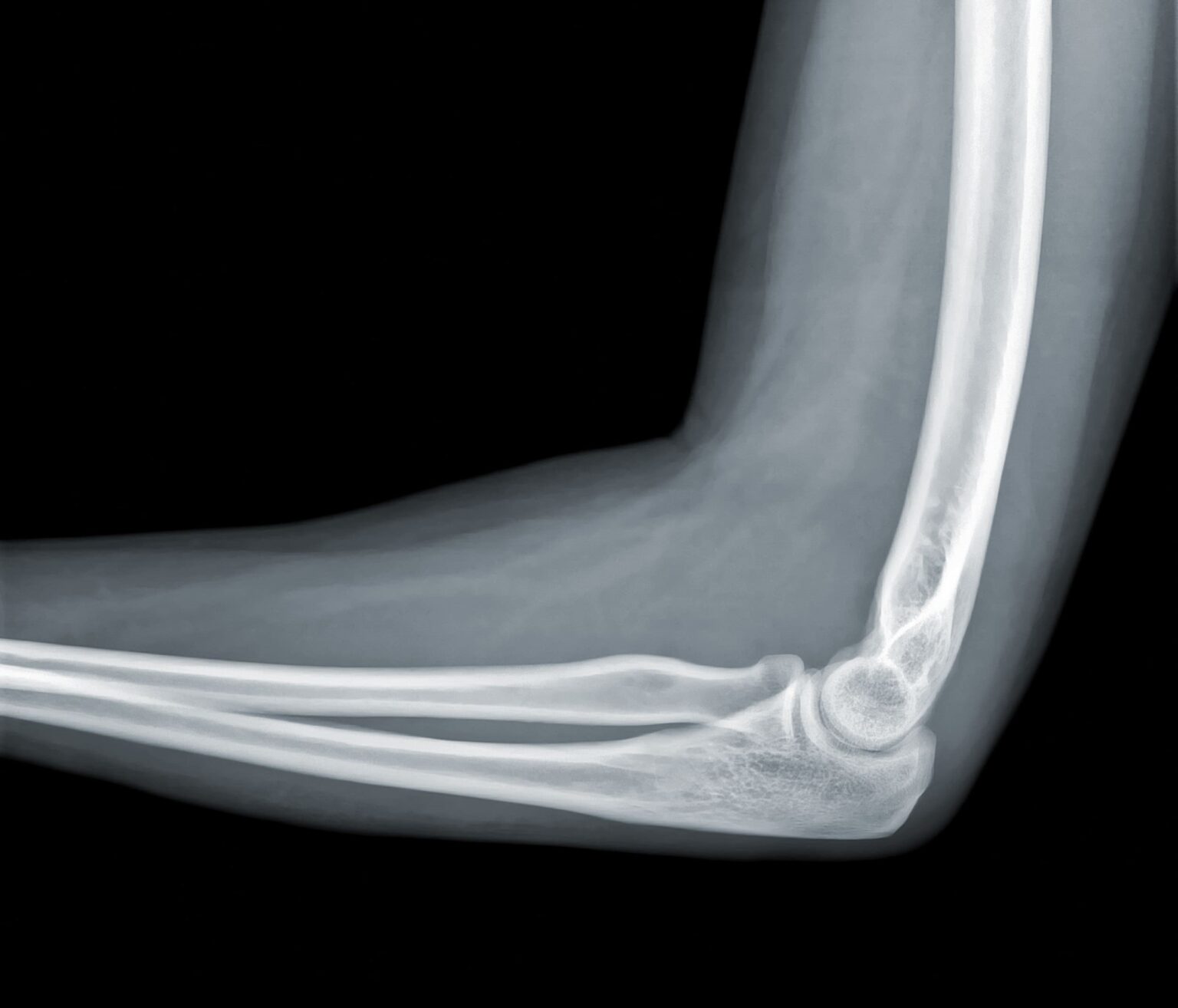Schedule An Appointment With Us
Are Your Symptoms Affecting Your Quality Of Life?
Consult our MOH-accredited orthopaedic specialist for an accurate diagnosis & personalised treatment plan today.

MBBS (S’PORE)
MRCS (Ireland)
MMed (Ortho)
FRCSEd (Ortho)

The distal humerus is the lower end of the humerus bone, located in the upper arm, which forms part of the elbow joint. A fracture in this area is referred to as a distal humerus fracture. Distal humerus fracture fixation is a surgical procedure aimed at repairing this type of fracture.
This surgical intervention is aimed at restoring the elbow’s functionality and range of motion, particularly in complex fractures that cannot be treated effectively with non-surgical methods.
Distal humerus fracture fixation is often considered in the following scenarios:
Preparation for distal humerus fracture fixation involves several steps to ensure the safety and effectiveness of the procedure:
The distal humerus fracture fixation procedure typically follows these steps:


Effective post-operative care and rehabilitation are crucial for a successful recovery after distal humerus fracture fixation. The key aspects of post-operative care include:
Pain is a common experience after surgery. The orthopaedic surgeon will provide pain relief medications and instructions on how to manage discomfort at home.
Instructions on how to care for the surgical incision, including cleaning and dressing changes, will be provided. It’s important to monitor the wound for signs of infection.
Rehabilitation usually begins soon after surgery. A physical therapist will guide the patient through exercises to improve strength, flexibility, and range of motion in the elbow.
Regular check-ups with the orthopaedic surgeon are necessary to monitor the healing process. These appointments may include X-rays to assess the position of the hardware and the healing of the bone.
The orthopaedic surgeon will advise on any limitations in activities and when it’s safe to return to normal daily tasks, work, or sports.
Schedule An Appointment With Us
Consult our MOH-accredited orthopaedic specialist for an accurate diagnosis & personalised treatment plan today.

MBBS (S’pore)
MRCS (Ireland)
MMed (Ortho)
FRCSEd (Ortho)
Dr Kau (许医生) is a Fellowship trained Orthopaedic Surgeon with a subspecialty interest in Hip and Knee surgery and has been in practice for more than 15 years.
He is experienced in trauma and fracture management, sports injuries, and joint replacement surgery.
If you have any enquiry, please do get in touch. Leave us a message and we will get back to you shortly.
For Singaporeans, Singapore Permanent Residents and Foreigners.
Please speak to our friendly clinic staff about using your insurance plans.

The recovery time can vary, but it generally takes several months to regain full strength and range of motion in the elbow. The exact duration depends on the severity of the fracture, the patient’s overall health, and adherence to the rehabilitation program.
Most patients recover well and regain full function of the elbow. However, some may experience stiffness, reduced range of motion, or discomfort, particularly in complex fractures.
In most cases, the fixation stabilises the fracture permanently. However, in some instances, further surgery may be required, such as hardware removal if it causes discomfort.
Driving is typically not recommended until you have regained sufficient strength and control in your arm. Your orthopaedic surgeon will advise when it is safe to resume driving.